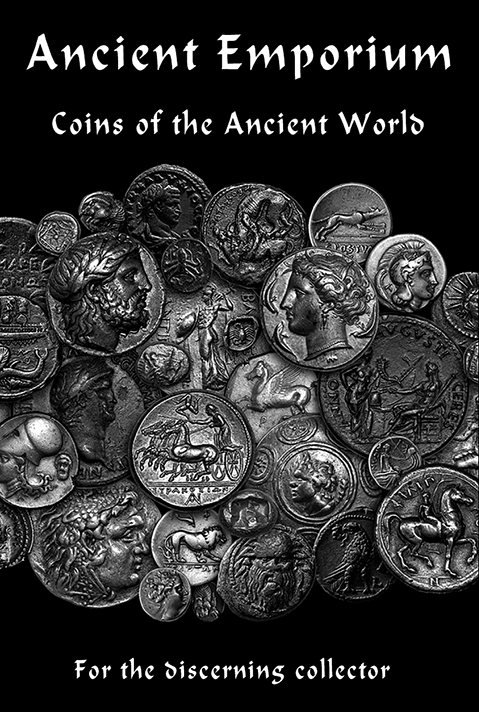A scientist from the University of Leicester has discovered a new type of fossil that reveals life in the oceans half a billion years ago.
The tiny organisms, detailed in a new study in the journal Proceedings of the Royal Society B, resemble modern-day algae and might also give scientists an insight into the climate changes that affected our oceans.
The fossils are microscopic and look like spiny balls connected together. The study’s author Dr Tom Harvey, from the University of Leicester School of Geography, Geology and the Environment, said: “When I first saw them, I had no idea what they were. I wondered if they could be animal eggs, or some new type of organism. There’s nothing quite like them, living or extinct.”
But as further specimens came to light, Dr Harvey identified similarities with modern green algae that live floating in the plankton of ponds and lakes. He explains: “The fossils have the same sort of colonial structure as the modern algae, with cells linking together, explaining their neat, geometric arrangements. Surprisingly, though, the fossil examples lived in the sea, giving a rare glimpse of the early marine plankton.”

The importance of the fossils lies in their immense age. They lived around the time when animals were first evolving, during the Cambrian ‘explosion’ of life — and this is probably no coincidence. In today’s world, phytoplankton provides the fundamental food source for almost all life in the oceans. However, the modern groups of phytoplankton evolved relatively recently, and we do not know which groups inhabited the Cambrian oceans.
Dr Harvey explains: “When we look at modern plankton, we see that algae develop colonies when animals are trying to eat them. It’s a defence mechanism. So, the existence of colonial algae in the Cambrian Period suggests that early animals were evolving to feed in the plankton, starting a predator-prey relationship that has continued ever since.
“Considering that the plankton underpins life in the oceans, and fossil plankton helps us build ancient climate models, these small fossils have a big role in telling the history of life on Earth.”
The new discovery will prompt a re-think on other early microfossils. For years, scientists have thought that the spiny balls found individually were the dormant cysts of single-celled life.
For Dr Harvey, the new fossils seriously challenge this view: “I wonder if we’ve been getting it all wrong, and in fact lots of these microfossils were living as colonies in the plankton. It’s easy to accidentally break up the fossils as we extract them from the rocks, so we all need to get back to the collections, back to our labs, and find out how common they really were.”



